How to Gear Up for Product Photography Without Selling Your Kidney
This guide is your backstage pass to starting product photography without the headache (or a maxed-out credit card). Packed with fun tips and real-talk advice, you’ll learn the gear essentials to make your products shine like the stars they are
FOR BEGINNERS
1/10/20254 min read
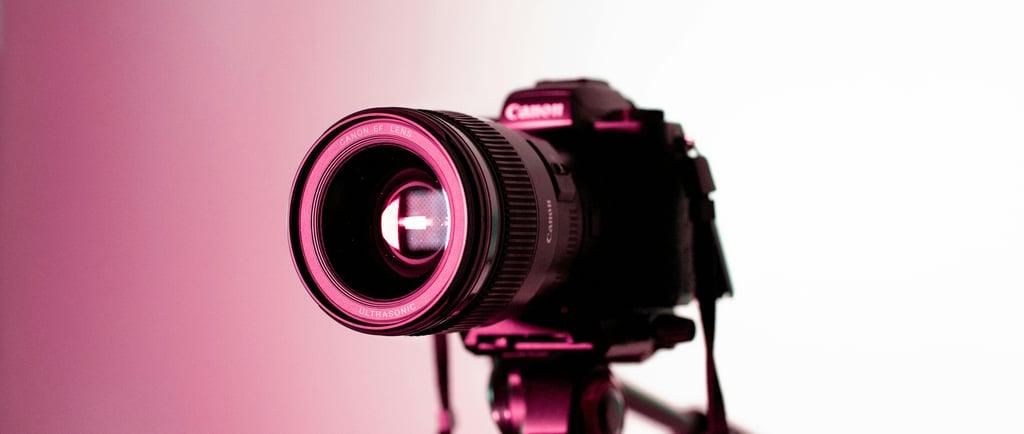

So, you’ve decided to dive into the world of product photography. Cue the applause! You’re about to unlock a new level of creativity, where you make everyday objects look like superstars. But wait… what gear do you actually need? Let’s cut through the noise and get you set up with the essentials (without breaking the bank).
1. The Camera: Your Trusty Sidekick
You don’t need a fancy, NASA-grade camera to start. A basic DSLR or mirrorless camera will do just fine. Think Canon EOS Rebel series, Nikon D3500, or Sony Alpha 6000. If you’re going for budget-friendly and beginner-approved, these cameras are solid picks. And guess what? Any iPhone above the 11 Pro is more than enough to start slaying the game. Just remember: it’s not about the gear; it’s about how you use it. Wink.
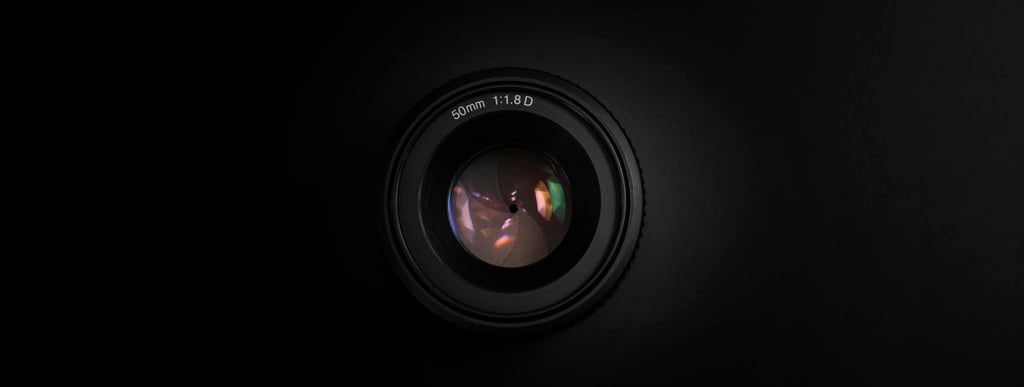

2. The Lens: Where the Magic Happens
For beginners, a kit lens (like the 18-55mm) is your go-to. Want to step up your game? Look into a nifty fifty (50mm f/1.8). It’s affordable, sharp, and makes your product photos pop like champagne on New Year’s Eve. If you’re feeling fancy and want jaw-dropping results, consider investing in a macro lens like the 100mm macro for Canon or the 90mm for Sony. Personally, it’s my favorite lens for product photography — the details it captures are pure magic. Pro tip: prime lenses force you to move your feet. It’s like photography and cardio in one.
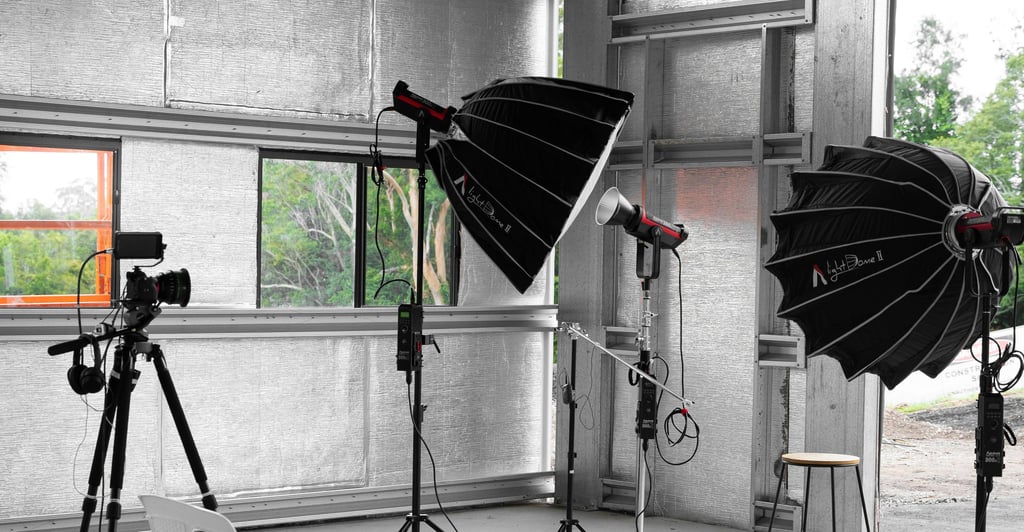

3. Lighting: The Real MVP
Good lighting is the Margot Robbie of product photography — glamorous, versatile, and always stealing the spotlight. Natural light is free, forgiving, and fabulous because it softens shadows and enhances textures without overwhelming your subject. Shoot near a big window during the day, and you’re golden. Natural light loves to flatter and make everything look dreamy.
Feeling fancy? Invest in a softbox or an LED light. The Godox SL60W is beginner-friendly and doesn’t require you to sell a kidney. Oh, and don’t forget a reflector (or a white foam board from the dollar store). It bounces light and eliminates shadows like a pro.
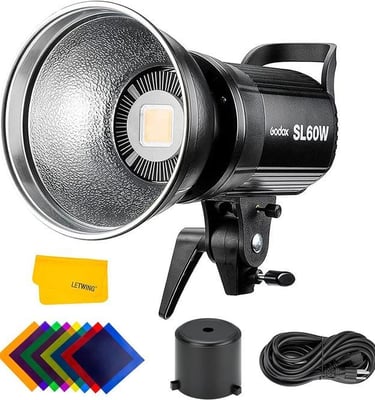

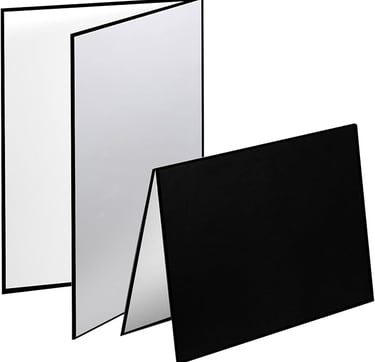

4. The Tripod: Stability is Key
Nobody likes blurry photos. A sturdy tripod ensures your shots are sharper than your wit. Look for something like the Manfrotto Compact Action. Bonus points if it’s lightweight and easy to use. And yes, you can use books to DIY a tripod. We’re resourceful here!


Don’t forget to grab this product photography breakdown of my best product shots! In this guide, I break down the lighting setup in a clear 3D sketch format, offering step-by-step instructions to help you achieve professional results
5.The Background: Keep it Clean
A seamless white background is classic, but don’t be afraid to experiment. Foam boards, textured papers, or even your kitchen counter can work. You’re the director of this movie, and your product is the star. Give it the spotlight it deserves.
Personally, I’ve found that creamy backgrounds work well with almost all colors, offering a clean yet versatile look.
In future blogs, I’ll share techniques to change background colors seamlessly in Photoshop, giving you even more creative flexibility!
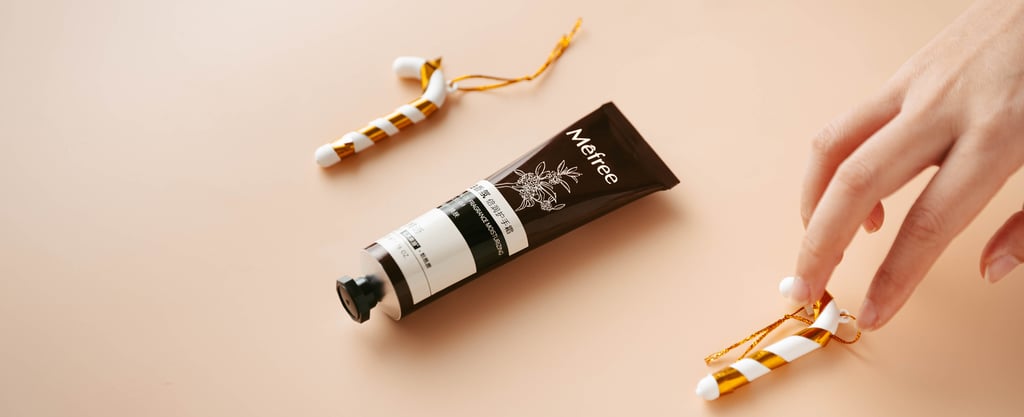

6. Editing Software: The Finishing Touch
Every masterpiece needs a little polish. Adobe Lightroom is a fan favorite for beginners. It’s intuitive, powerful, and perfect for making your photos Insta-worthy. Not ready to commit? Snapseed (free on mobile) is a fantastic alternative. Trust me, your photos will thank you.
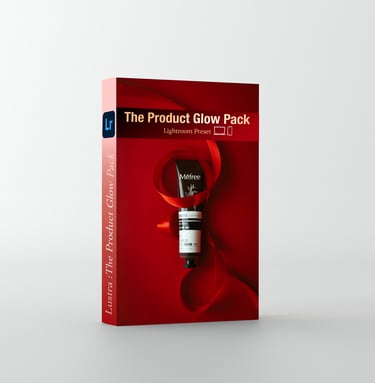

Elevate your product photography with The Product Glow Pack, a powerful Lightroom preset collection designed to make your products shine.
Highlight every detail with stunning clarity.
Works seamlessly with Lightroom Classic, CC, and Mobile.
Effortless one-click transformations for flawless results.
7. Accessories: The Cherry on Top
Props: Add personality with relevant props. Shooting skincare? Throw in some fresh flowers or a towel. Selling coffee mugs? Scatter some beans around.
Cleaning Kit: Dust and fingerprints are the villains of photography. Keep a microfiber cloth handy.
Remote Shutter or Timer: Avoid camera shake like it’s a bad ex. Use a remote or your camera’s timer function for crystal-clear shots.
Wrapping It Up
There you have it! The essential gear to kickstart your product photography journey. Remember, it’s not about owning every gadget on the market. Start with what you have, build your skills, and upgrade as you grow.
Now, grab your camera (or phone), get creative, and let your products shine. Oh, and don’t forget to have fun. Because if you’re not enjoying it, what’s the point? Happy shooting!
